Stepping Stones is a landscape-scale nature conservation project in the Shropshire Hills.
Project background
The project area covers over 200km² within the Shropshire Hills Area of Outstanding Natural Beauty (AONB).
The aim of the project is ecological connectivity: connecting wildlife habitats by strengthening or creating ‘stepping stones’ and corridors of habitat between and around the two core sites of Long Mynd and the Stiperstones.
Currently there are three main strands to the programme: working with farmers, working with the wider local community and volunteers, and managing ‘stepping stones’ owned by the National Trust and our partner organisations.
Stepping Stones has been developed with a range of partners including Natural England, the Shropshire Hills AONB Partnership, Shropshire Wildlife Trust and Middle Marches Community Land Trust.


May by Charlie Bell
Upland Dragonflies
Species Action Plans (SAPs) have been produced for 12 species which represent the key habitats in the area: Rivers & wetland Heath/acid grassland; Deciduous woodland; Ffridd; Species-rich grassland.
Two dragonflies have SAPs:
Golden-ringed Dragonfly Cordulegaster boltonii represent upland streams
Black Darter Sympetrum danae represent peatland pools
Conserving these species’ habitats will benefit a wide range of wildlife, including declining dragonfly species – Emerald Damselfly Lestes sponsa and Common Hawke Aeshna juncea.
Take part
Shropshire County Dragonfly Recorder Sue Rees Evans is looking for volunteers to support the implementation of the SAPs, including:
Carrying out surveying as well as long term monitoring of key sites (no experience is required).
Providing advice on, and carrying out, habitat management.
There may also be oppotunities to carry research of SAP species and their habitat – the BDS offers small grants to research projects that benefit dragonfly conservation.
Title image: Stiperstones by Howard Jacks
